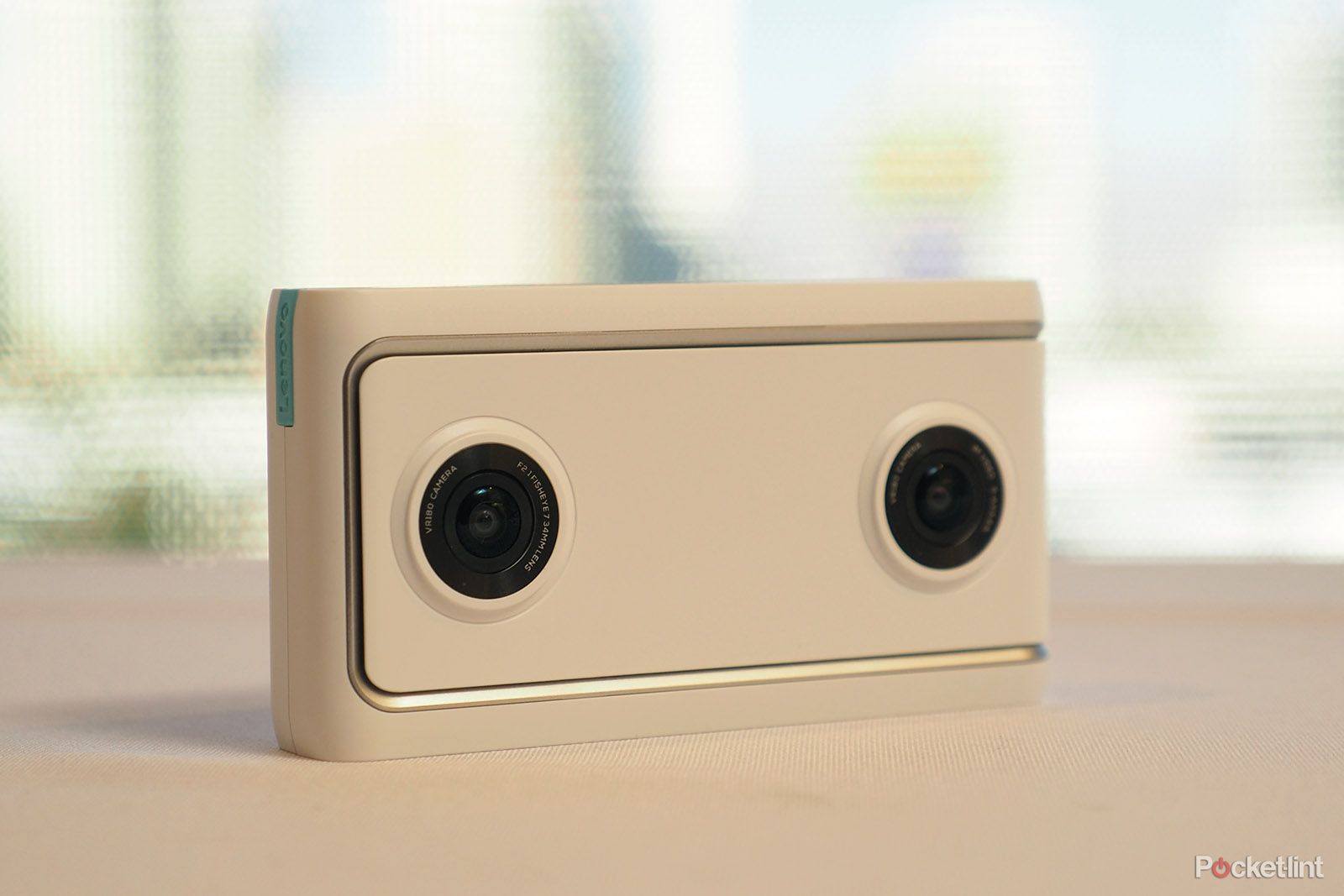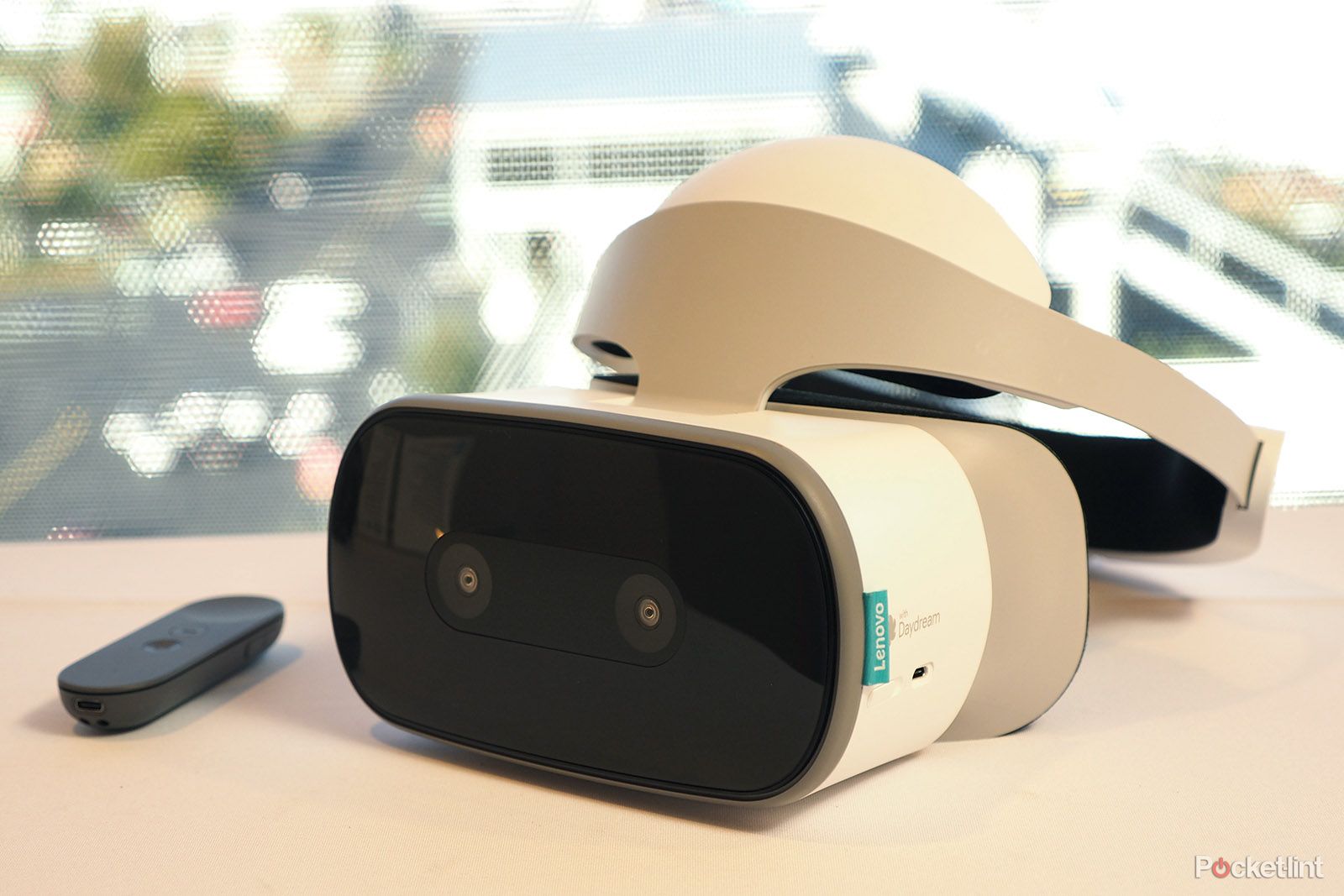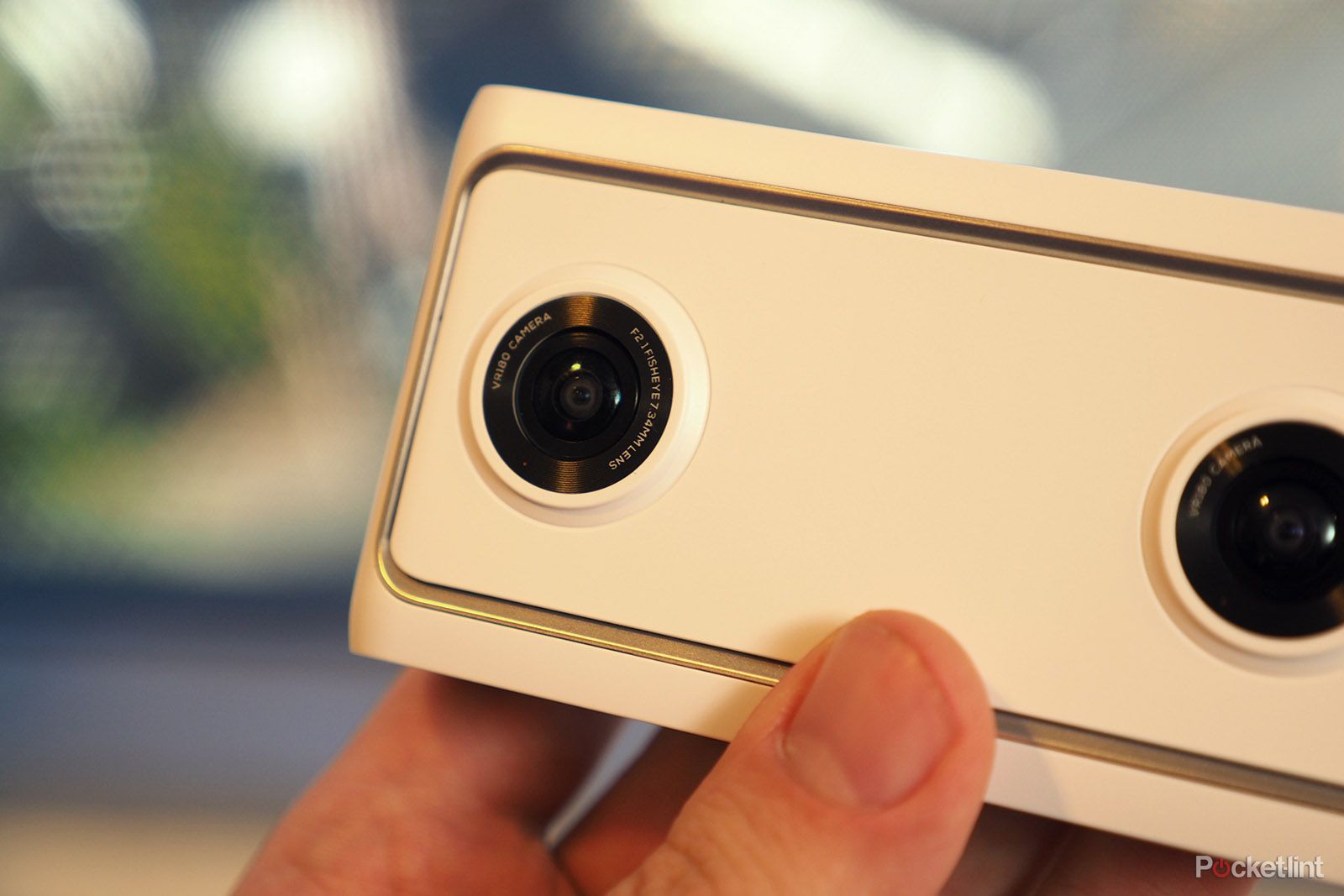As virtual reality (VR) gets more and more popular, the ways in which such content can be captured and experienced begins to change.
VR180: What is it?
You may think that all VR experiences are fully immersive 360-degree views, but Google's V180 offers a different way, a "half format" if you will. The hemispherical format captures a 180-degree view in either still or video form - almost like a living photograph that you can step back into when viewed through a VR headset (or, if you don't have one, on your Android phone).
Unlike with full 360-degree content, VR180 has a finite point of view. Look beyond the captured hemisphere's edges and the software platform smoothly fades your view into a background - an effect that's so noticeable that you'll almost automatically cease to try and look any further, as we found when testing with the Lenovo Mirage Solo headset (pictured above).
VR180: What cameras are available?
Capturing V180 content
So what about capturing VR180 content? A new breed of dual-lens camera - such as the Lenovo Mirage Camera (main picture) - makes snapping an image or recording a video simple. And as there's no screen or finder on such a camera - it's not needed, as you're capturing everything top-to-bottom and left-to-right in front of you - it's super easy to use.
However, if you want to ensure the camera's point of view is perfect - perhaps you want it positioned low down or up high for dramatic effect - then it can be paired with a smart Android device, such as a smartphone, to get a live-stitched preview. Nice and easy.
Other VR180 cameras are expected in the future, including:
- Yi Horizon 180 (due 2018)
- unnamed LG camera (due second half 2018).
- Z Cam K1 Pro
- Panasonic support for GH5 series of interchangeable lens cameras (which makes a lot of sense, as the company released a 3D Micro Four Thirds lens way back in 2010).
VR180: What's the quality like?
Google says: "What if you could do more than just remember a moment; what if you could relive it? That's the idea behind the VR180 format."
VR footage from a 360-degree camera typically feels held away from the action. VR180 cameras, by contrast, capture a greater sense of immersive depth as there's more space within the captured file dedicated to the core of the action.
In the stock demos we've seen from Lenovo, this rings true: the sense of depth in the party scene (above) feels truly immersive, almost like being there.
Store in Google Photos, view on YouTube, in today's connected world it'll be easy to share and view VR180 content.



